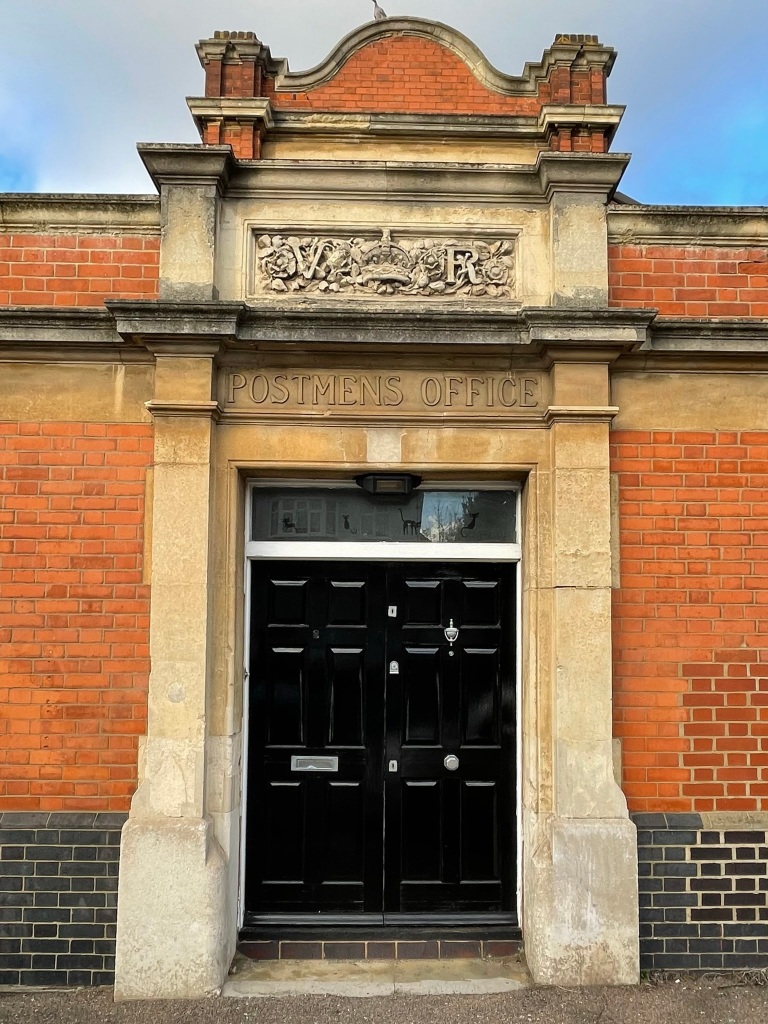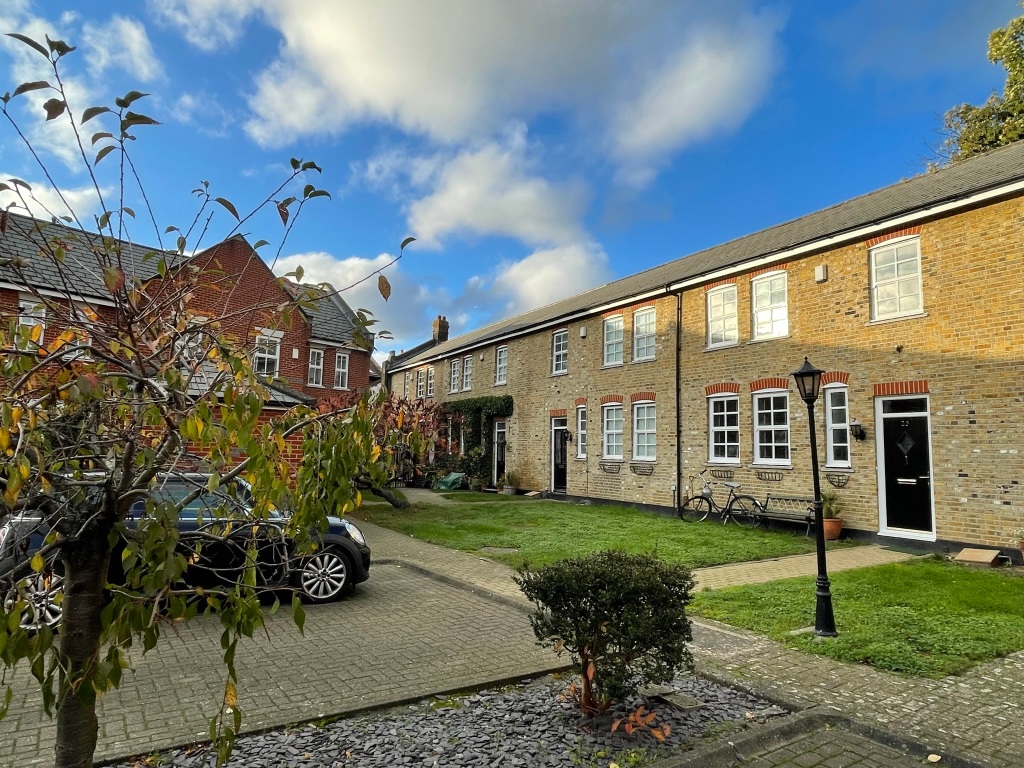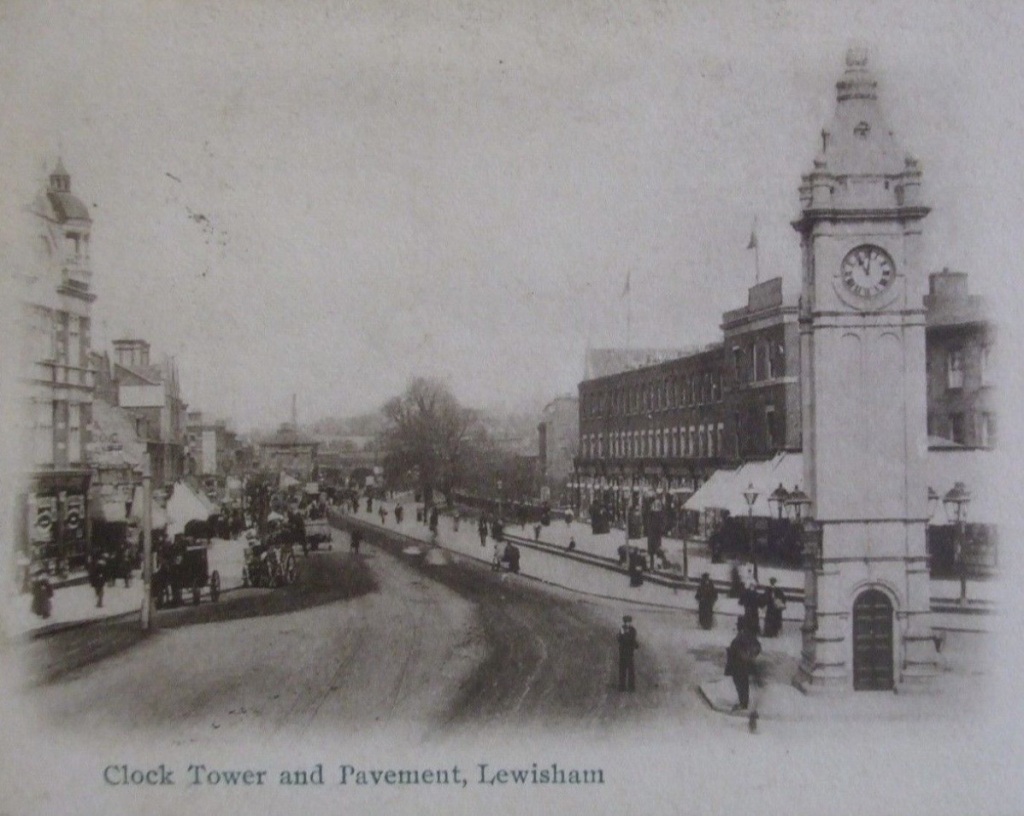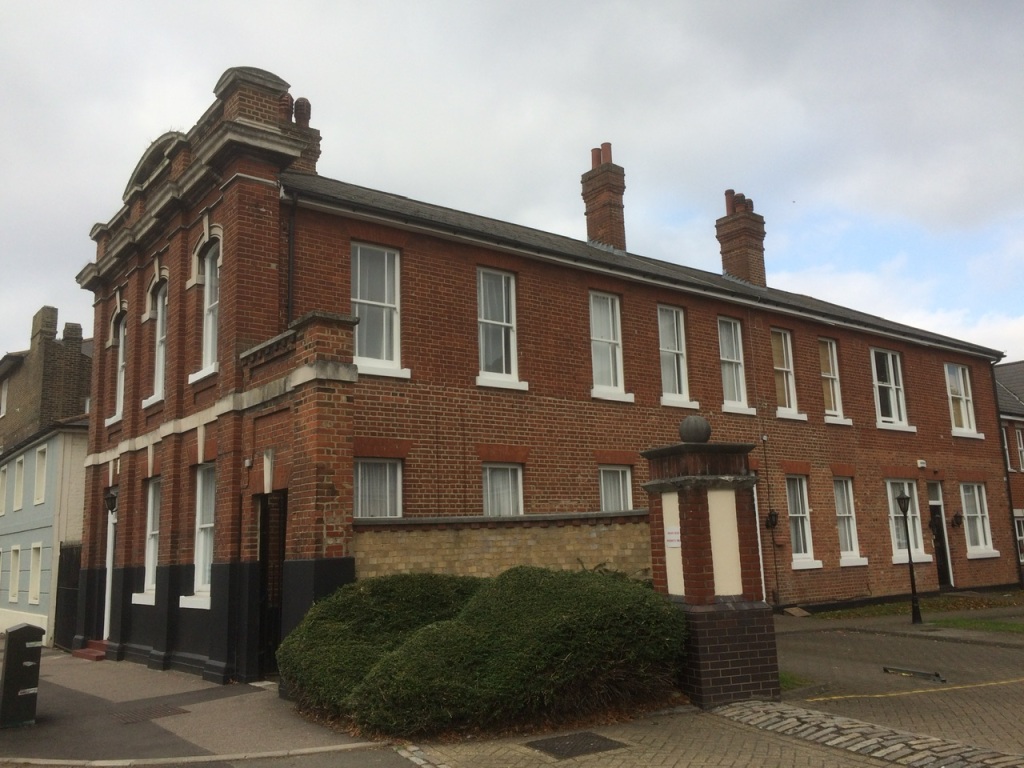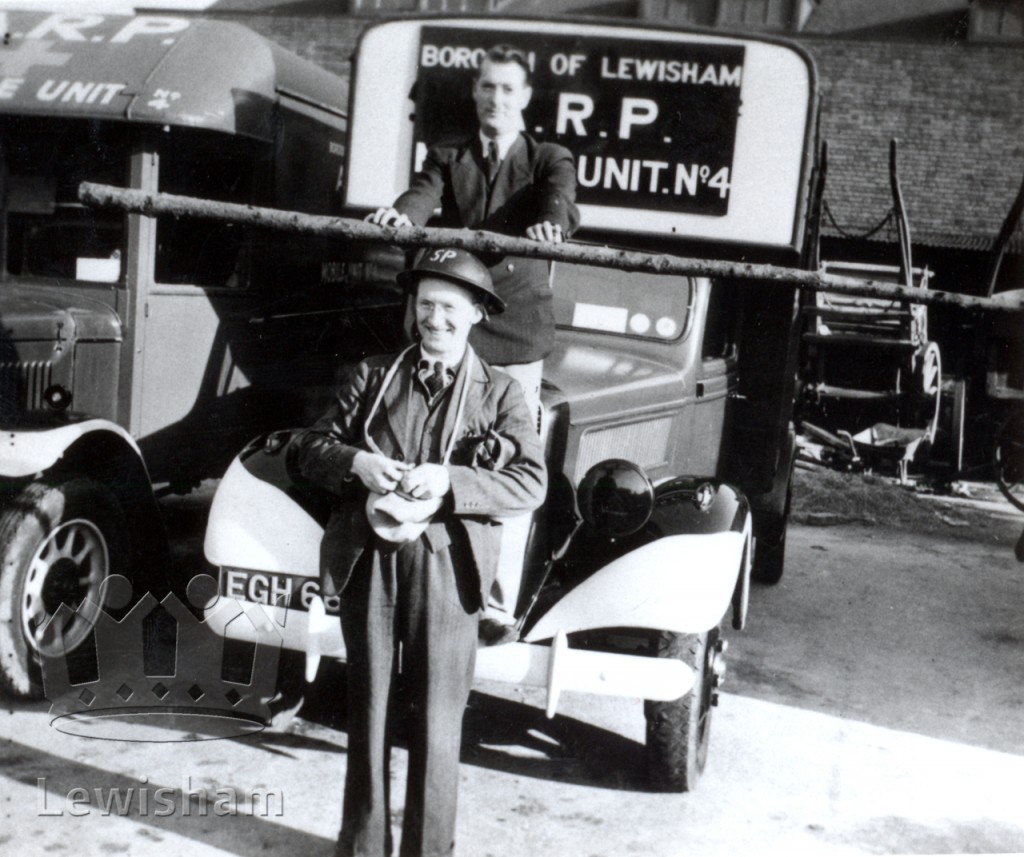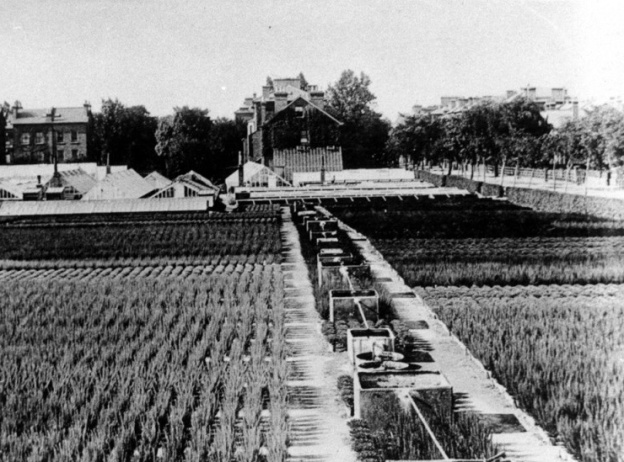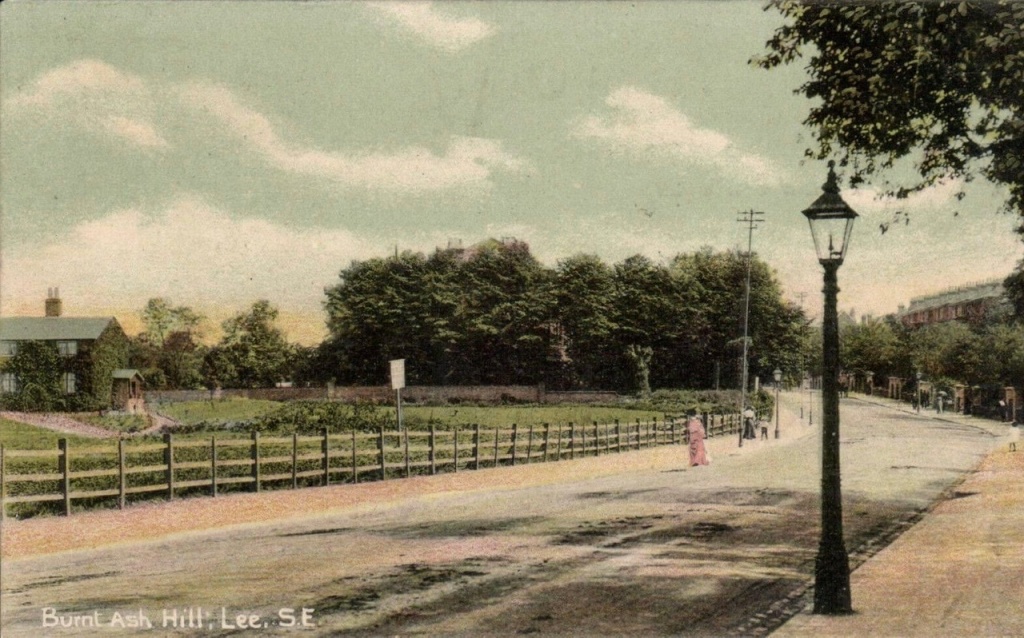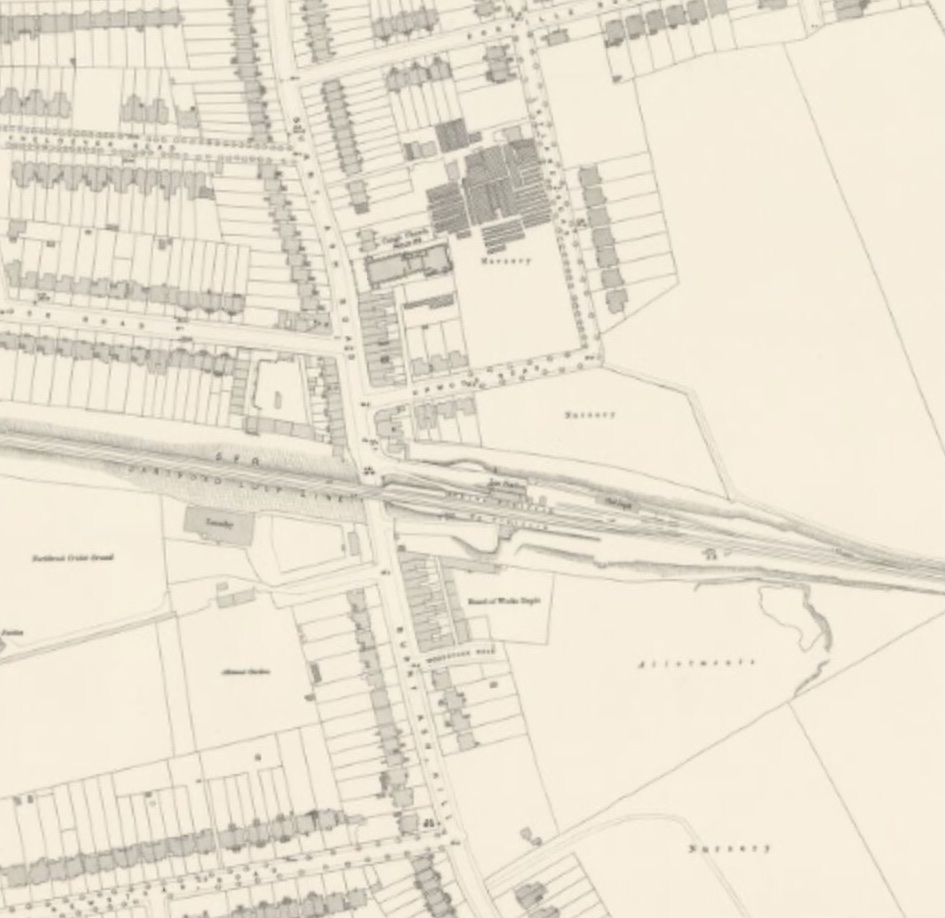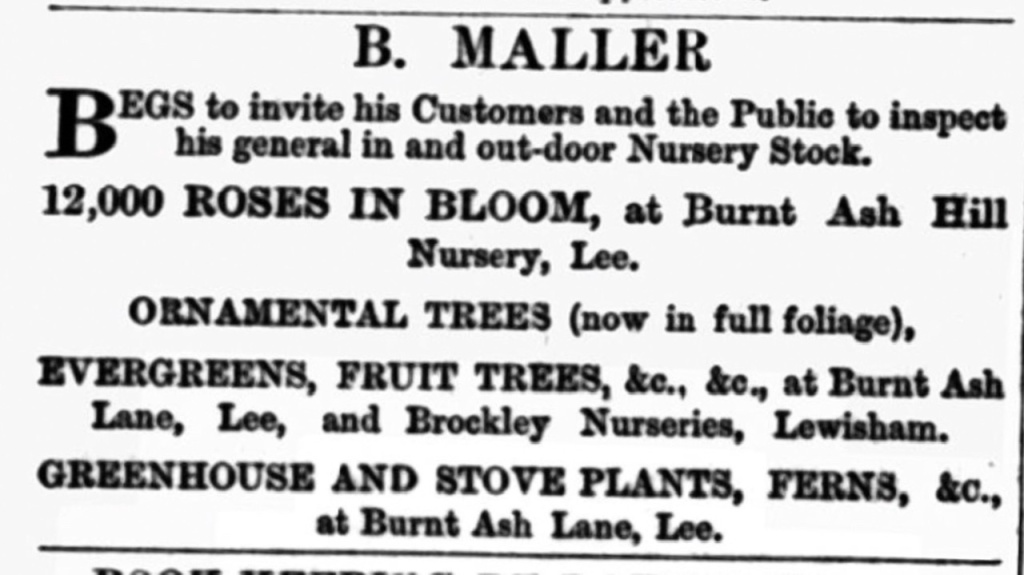There have been several posts on Running Past about the evolution of public buildings around Lee – the two telephone exchanges, the trio of fire stations and most recently the municipal offices off what is now Woodyates Road. Next door to the latter, albeit constructed a little later was the Lee Sorting Office.
From around 1888, perhaps a little earlier, the Sorting Office was based on Lee High Road on the corner of what is now Lampmead Road (originally it was a dog leg of Lenham Road) – it is now home to a firm of solicitors, after being the offices of a realtively long standing business, Homesales, who were also in Market Terrace.
In the 1881 census, what was then 1 Sussex Terrace, was a grocer’s run by Nathaniel Short – he was from Greenwich and had four young children, with wife Elizabeth from Gravesend. They can have been there no more than a year as their youngest daughter was born in Lewisham, rather than Lee and the older children all were born in Bexleyheath.
Little had changed by the 1884 Kelly’s Directory, but by1888 the address was now 226 High Road, and Short had added a Post Office to the Grocery business. Out at the back there were some buildings used as a sorting office.
Where sorting had been done before isn’t immediately clear – there were several other local post offices, including one already covered at 10 Burnt Ash Road (now part of the Sainsbury’s site) run by Martin Martin. There was another in the row of shops between Brandram Road and Boone Street.
There was a high turnover of grocers and Postmasters, the Shorts moved on to Enfield by around 1888 – they were in Enfield in the 1891 census, making a circuitous trip via Australia to get there. William James Francis took over from the Shorts; Abraham Culverhouse was in charge when the census enumerators called again in 1891 and Roberts & Co were running the Post Office and grocers by 1896. There was no mention of a post office by 1900 when A M Curtis was there and it was not listed in the 1901 census and just being a grocer in 1904 when George Iliffe was there.
With a burgeoning population, continuing to run a sorting office from some small outbuildings behind a grocery shop was not really sustainable. Lewisham already had one – located in what is now the shopping centre and had gone out to tender in 1895 (1). Lee’s sorting office was put out to tender three years later. It was a site next to what were originally Lee Parish Offices, on what was then Woodstock Road. It became Woodyates Road after the development of the Woodstock Estate.
The Architect was Jasper Wager; a man from Bridgnorth in Shropshire, he had been working for Her Majesty’s Office of Works since 1877, they were responsible for a lot of public building work at this stage. The sorting office at Lee seems to have been one of the earliest projects that he was specifically responsible for. He was probably living locally at the time it was built – in the 1901 he is listed as living next to Greenwich Park in Vanbrugh Hill.
There were several impressive Post Office buildings that Wager designed over the next decade or so including ones in Woodford Green, Esher, Enfield, and Barnet. There was another next door to the closed Arches Leisure Centre in Greenwich, plus others in Chelsea, Islington, and Winchmore Hill.
It is a striking building; the Local Listing describes it as ‘(a) single storey red brick Queen Anne Revival building (with) near symmetrical elevation onto Woodyates Road with stone mullioned and transomed window. Stone surround to centrally placed entrance door with stylised gablet with casement windows above.’
There is some lovely detail on it – particularly the stone sign Postmen’s Office over the main door (the newer brickwork to the side was the site of the postbox).
Looking at the 1911 census, around 35 men were listed as ‘postmen’ (no women) in Lee. Some obviously may have been based at other Sorting Offices. Unsurprisingly, they were concentrated in the smaller houses of the area, but in relative terms they were well paid, as shared households were rare, other than around half a dozen in their teens. The road with the most was Taunton Road – which was home to Edward Greenwood (131), Philip Cox (56), Arthur Fincham (47), Arthur Goodwin (69), Charles Wood and lodger William Hedge (99), plus two other lodgers William Pescott (72) and Bertie Ridgewell (64). Roads like Lenham, Lochaber and the small houses of Lee New Town also had significant numbers.
While this wasn’t the case in either the 1901 or 1911 Censuses, some staff lived on site by the time World War Two broke out – in the 1939 Register there was postman Edward Wood and Ernest Rawlings who worked as a Post Office cleaner.
At the rear of the site there was a scout hut, it was certainly there after world War Two and possibly before.
Like much of the post war development of the eastern side of Burnt Ash Road, the partial redevelopment of the site for housing in the mid-1990s related to the ending of Crown Estate leases. It had been the same with shops on Burnt Ash and Eltham Roads that made way for the Leegate Centre and the housing that was demolished for Leybridge Court and most of the nurseries. The Sorting Office closed in 1993 with sorting and deliveries on the Lewisham side of Lee being transferred to Endgate Street and, presumably, on the Greenwich side to Court Yard in Eltham.
The site for both the Municipal Depot and the Sorting Office was bought by Developer Gengis Kemal. The main depot building fronting onto Woodyates Road along with its stables in the north west corner along with the Sorting Office were all retained and converted. There was sympathetic infill to the rest of the site. The site is now known as Jasmin Court – it was originally to be called Jasmine after the daughter of the developer – the sign at the entrance to the former yard refers to it as this. However, it appears to have been incorrectly had an ‘e’ removed by Lewisham so Jasmin is what it is officially known as. It follows in the footsteps of a trio of misspelled Lee street names going back over a century – Holme Lacey Road, Aislibie Road and Wolfram Close (3).
Notes
- London Evening Standard 5 July 1895
- Kentish Mercury 12 August 1898
- Before someone else notes this, the irony of this is not lost on a writer with poor proof reading skills
Credits
- Census and related information is via Find My Past (subscription required)
- Kelly’s Directory data comes from Southwark Archives
- The Ordnance Survey map is part of the collection of the National Library of Scotland and is used on a non-commercial licence
- I am indebted to George Willis who lives in Jasmin Court (the 1990s development that the offices and stables are now part of) who has researched the site – although most of the research for this post was in parallel so any errors are obviously mine. Thank you also to Darryl from the excellent 853 news blog for putting us in touch – if you don’t follow 853 you are missing out!





